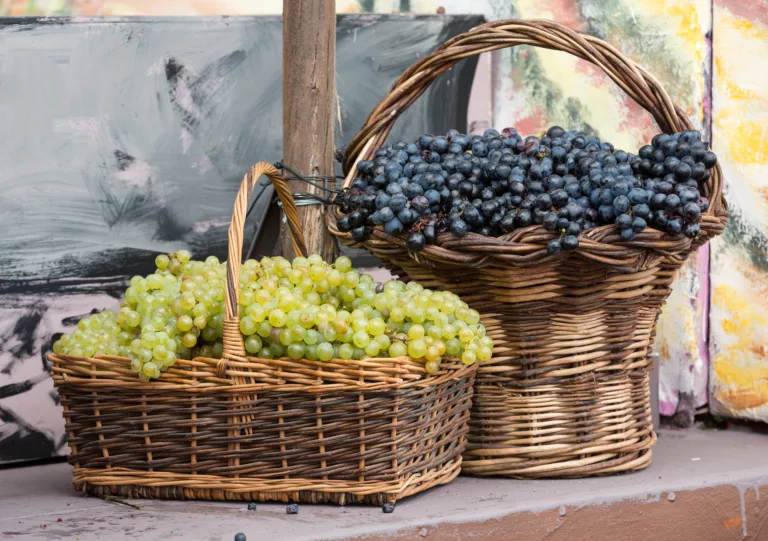Interesting Facts About Food in Spain
When I think about Spanish cuisine, I salivate imagining the delicious rich flavors and assorted ingredients that make up their traditional dishes. One of the striking facts about food in Spain is the abundance of locally produced fruits and vegetables and animals that roam freely and feed naturally. This lends a remarkable freshness and quality to the dishes.
Additionally, coastal cities present dishes with many kinds of delicious fresh seafood. Spanish cuisine is known for being both hearty and comforting. With each region boasting its own unique dishes, there’s always something new to discover in the fascinating world of Spanish culinary arts.


Hi, we’re Timon & Filipa!
We travel across Spain in our motorhome, Speedy, and update TravelSpain24 with fresh content, practical tips, and personal stories from the road. Our goal is to help you experience Spain beyond the typical tourist trails.
What is Spain’s food like?
Spain’s food culture is rich and diverse, with each region offering its own unique flavors and dishes. I’ve discovered that traditional Spanish cuisine has been strongly influenced by the country’s history, geography, and locally grown ingredients.
One of the most common Spanish dishes I’ve encountered is “Tortilla de Patatas.” This is a type of omelette made with eggs, potatoes, and onions, and it is a staple in many households across the entire country. Spain also takes pride in its wine production, exporting its flavorful red and white varieties worldwide. Some of the most famous Spanish wines come from the 📍 Rioja and 📍 Ribera del Duero regions.
Another delightful aspect of Spain’s food culture is the tradition of tapas. These are small appetizers or snacks, often enjoyed with a glass of wine or beer, and they can include anything from cold cuts and cheeses to seafood dishes like Gambas al Pil Pil (prawns in garlic and chili). Another popular tapas is Patatas Bravas (crispy fried potatoes in a spicy tomato sauce). The tapas concept allows you to sample various flavorful dishes in one setting.
Spain is not only known for these famous dishes, but it is also home to regional specialties worth trying. For example, the region of Segovia is famous for its cochinillo (roast suckling pig). At the same time, Salamanca offers a unique dish called farinato (spiced sausage made with flour), and Leon is known for its cecina (cured beef).
In addition to these savory dishes, Spanish food also includes a variety of sweet treats for dessert lovers. Churros, fried dough pastries often served with a side of thick chocolate sauce, is a popular choice. Another delicious option for those who prefer something a bit lighter is polvorones, which are delightfully soft shortbread cakes.
If you’re interested in where to purchase some of these fresh products, have a look at Spain’s biggest grocery stores to do your shopping.
What is unique about Spanish food?
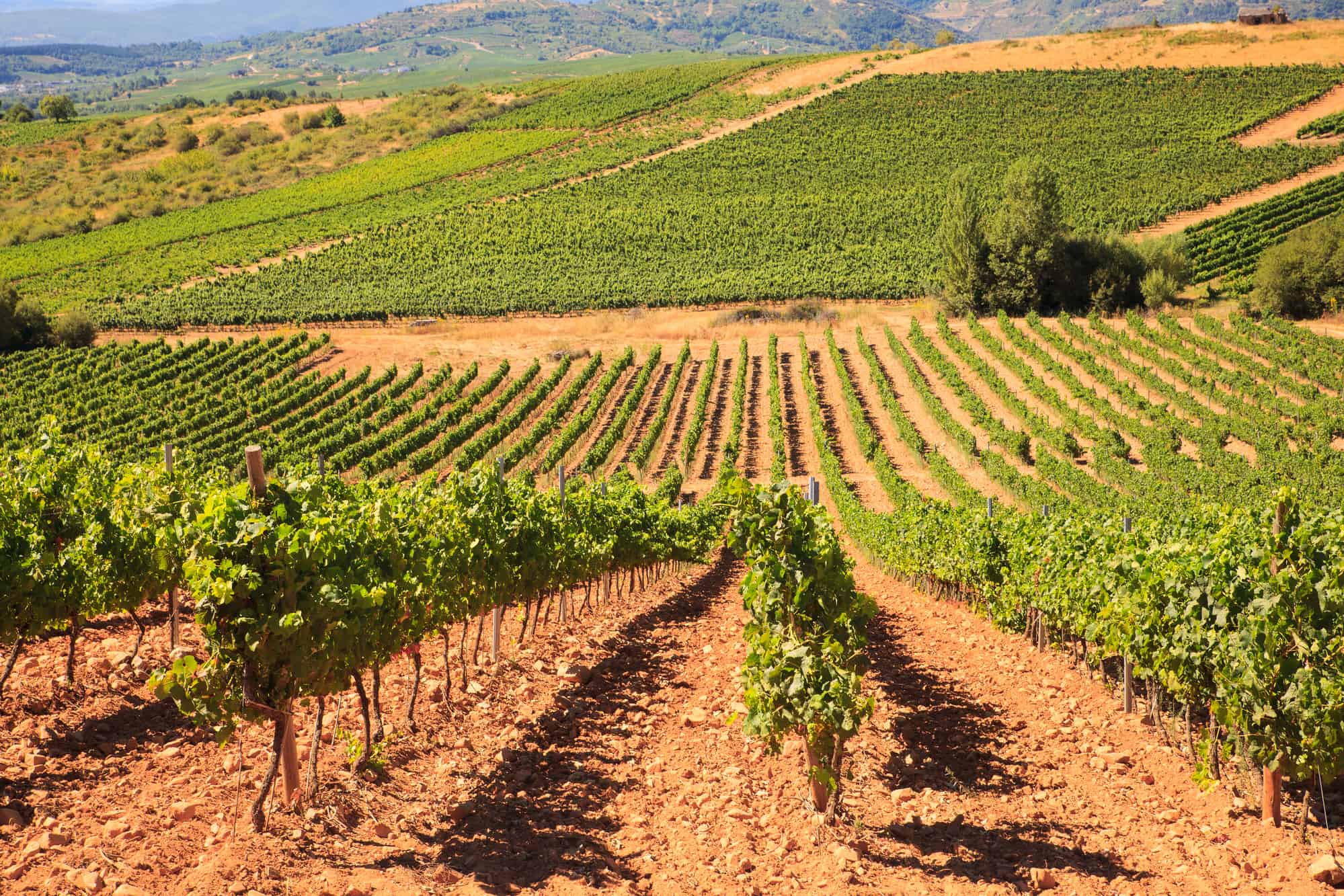
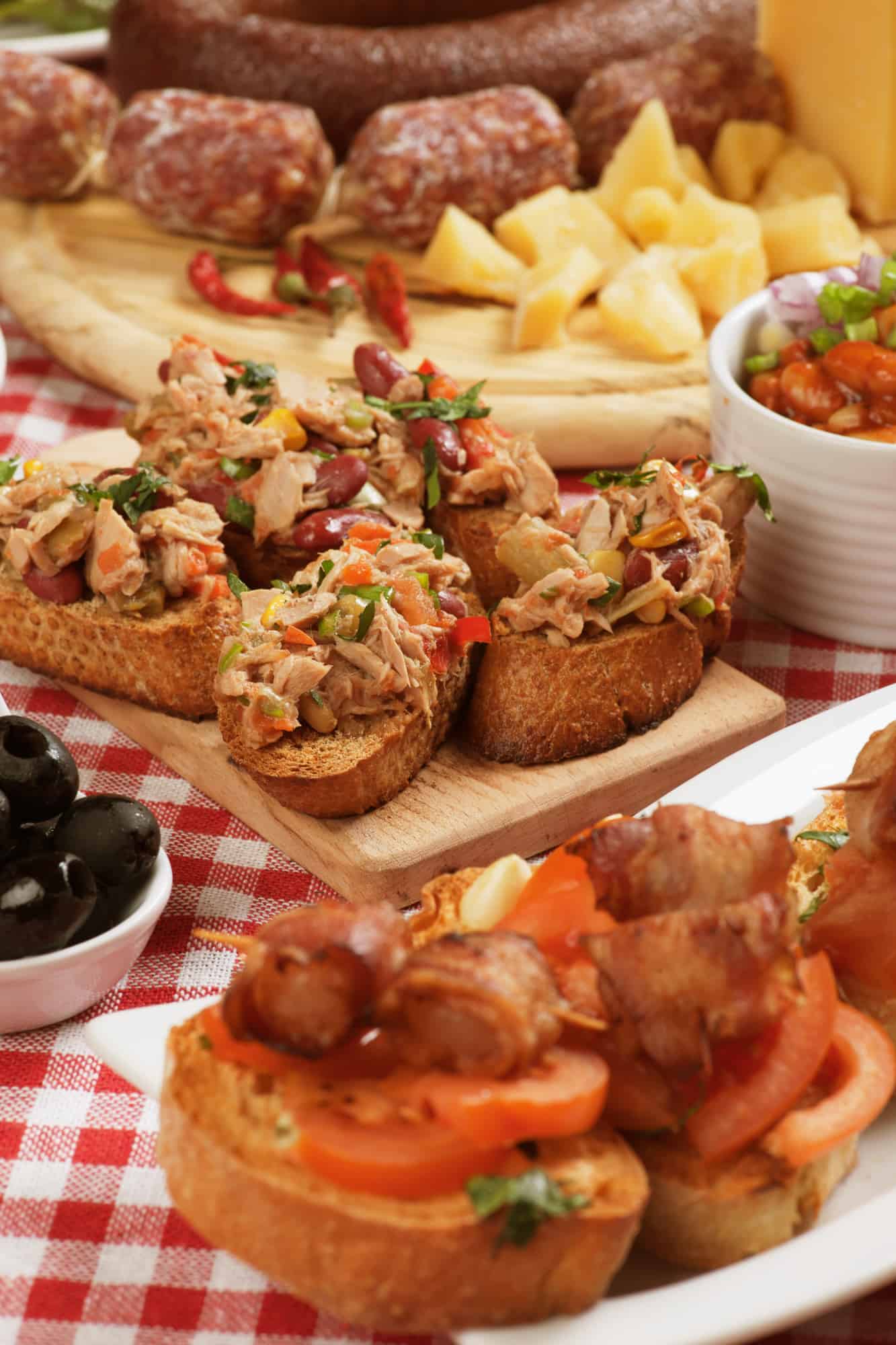
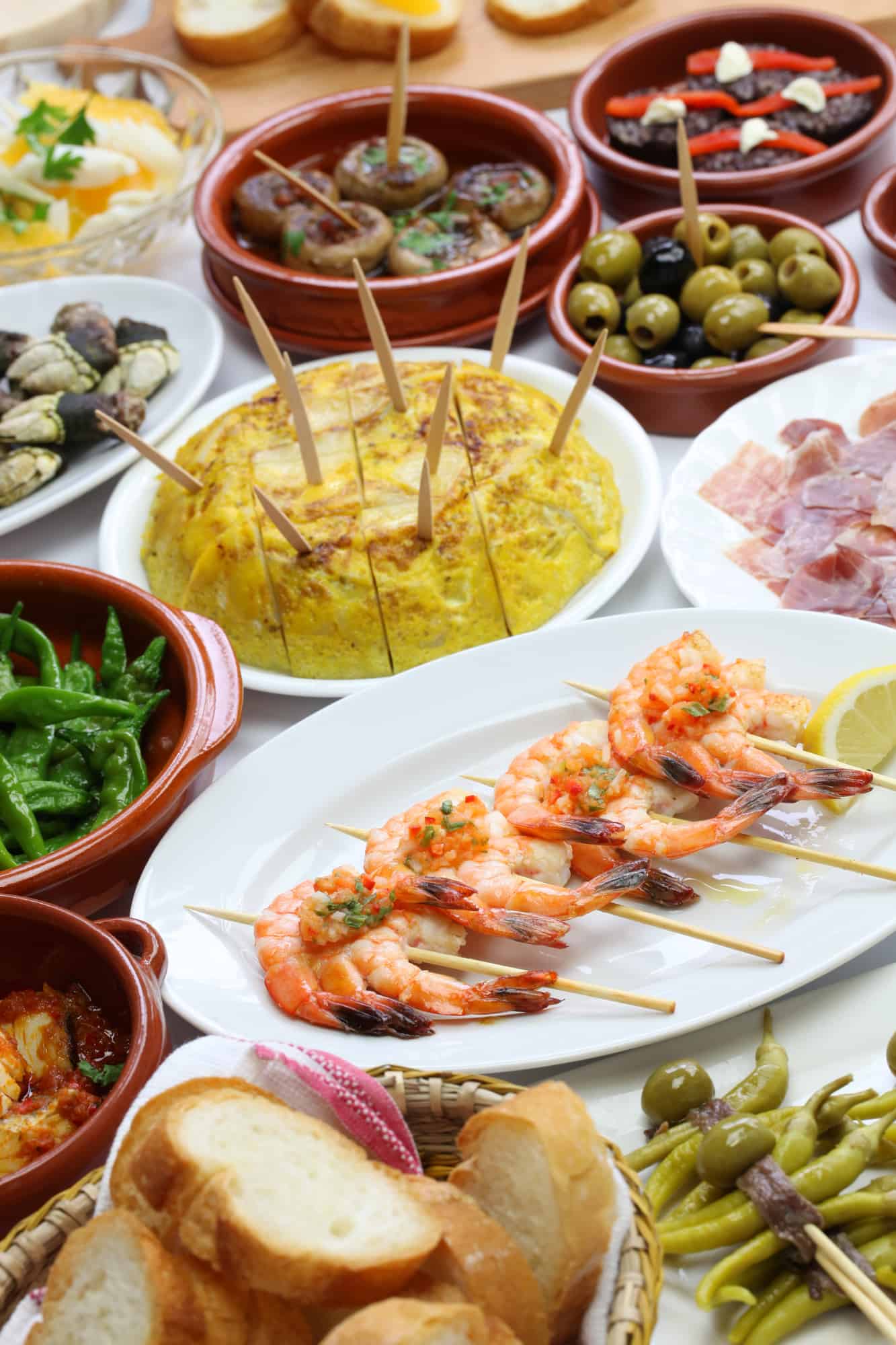
One of the most unique aspects of Spanish food is the variety and diversity found in its cuisine. Spain has many distinct regions, each with its own traditions and customs. The different foods in each area showcase a rich tapestry of flavors and unique recipes.
I remember the impressive range of fresh, locally-grown produce when I think of Spanish food. The country also has the largest area of vineyards in the world, representing 15.5% of vineyards globally, leading to fantastic wines essential to the Spanish dining culture. Spain is also a leader in olive oil production, representing an impressive 44% market share, highlighting why it’s a key ingredient in much of their cuisine.
Spanish food also features worldly influences due to its history of exploration and conquest, which led to the introduction of ingredients like tobacco, tomatoes, and cocoa to Europe. These products have had a lasting impact on European cuisine, serving as a testament to the true importance of Spanish goods in the global culinary landscape.
17 Interesting Facts About Spanish Food
Spain has many national treasures, but its remarkable cuisine, with delicious, fresh ingredients, is the country’s hallmark. The country also produces goods that are sold throughout the world. Now let’s look at 17 of the most important aspects of the Spanish food culture.
1. Spain’s Treasured Saffron Spice

Spain produces around 75% of the world’s saffron, a highly valued spice used in many dishes such as paella, soups, and risottos. Additionally, saffron plays a role in fragrances, dyes, and medicine. It’s one of the most expensive spices sold globally, and has a distinctive color and aroma, bringing life to various culinary creations.
2. Spain’s Prominence in Olive Oil Production
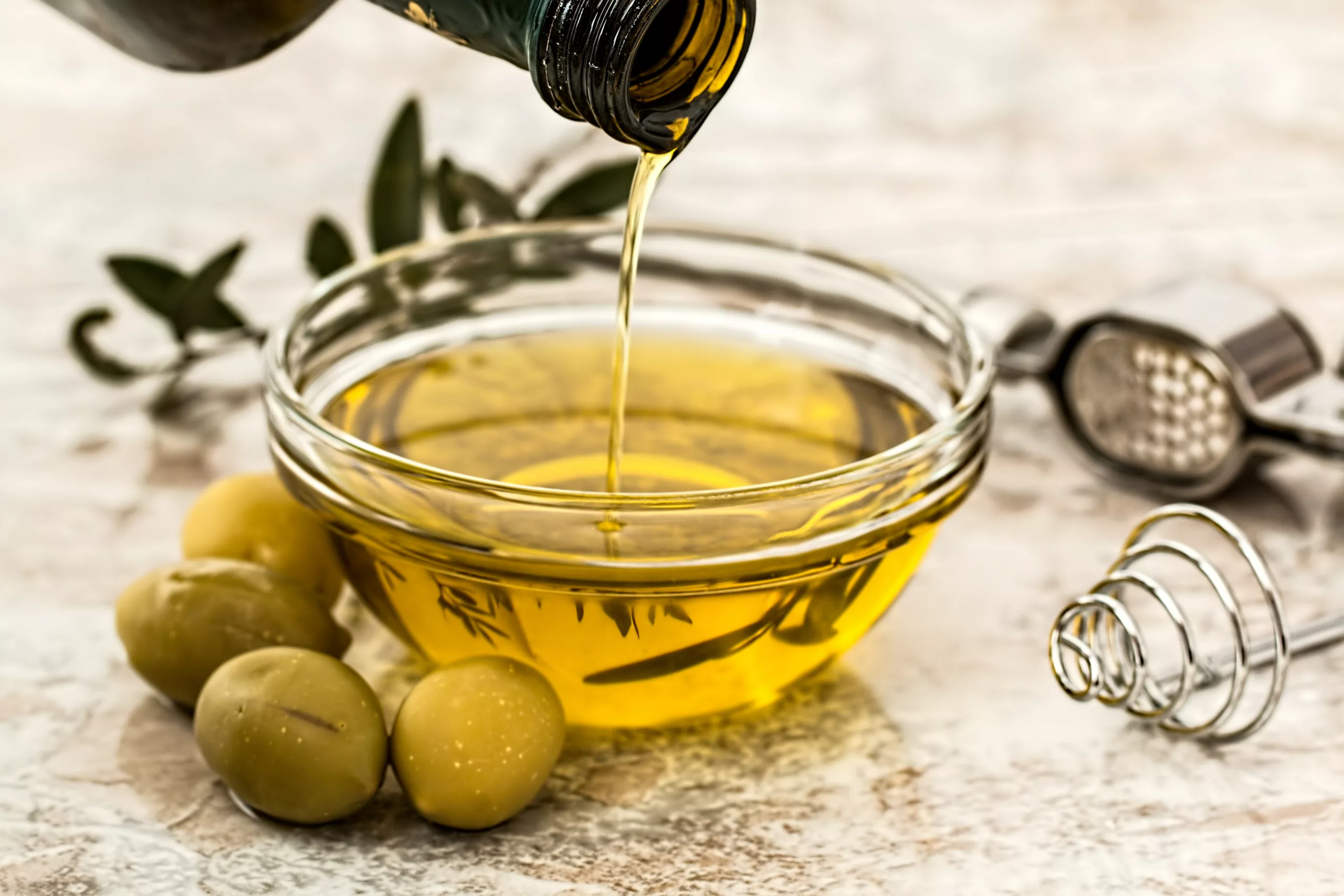
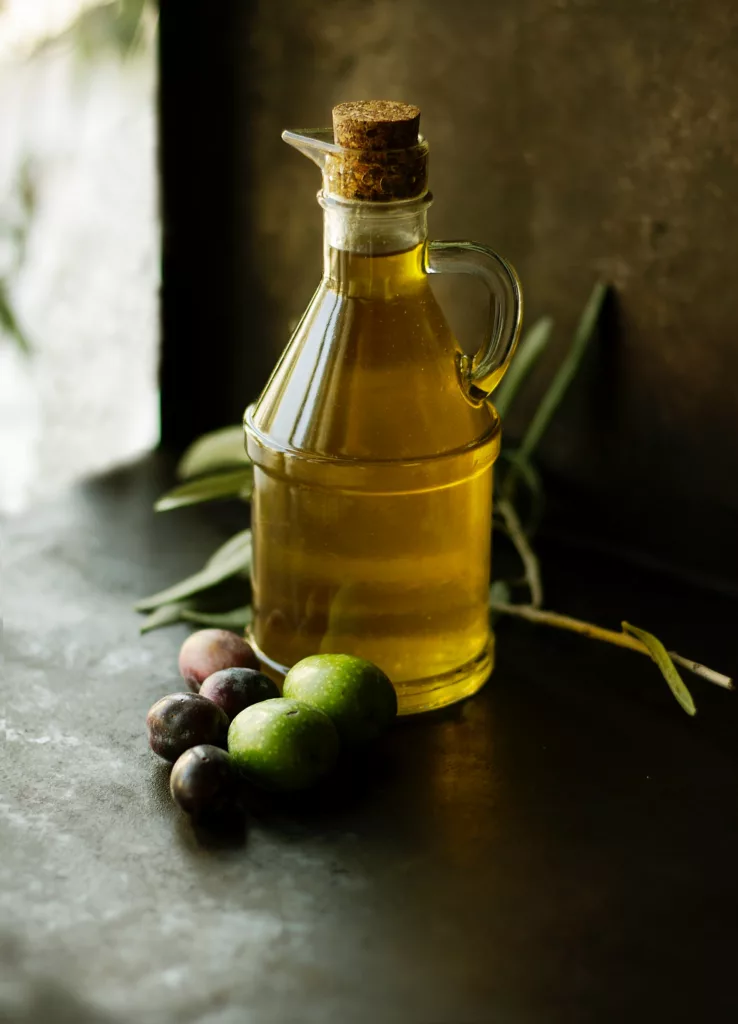
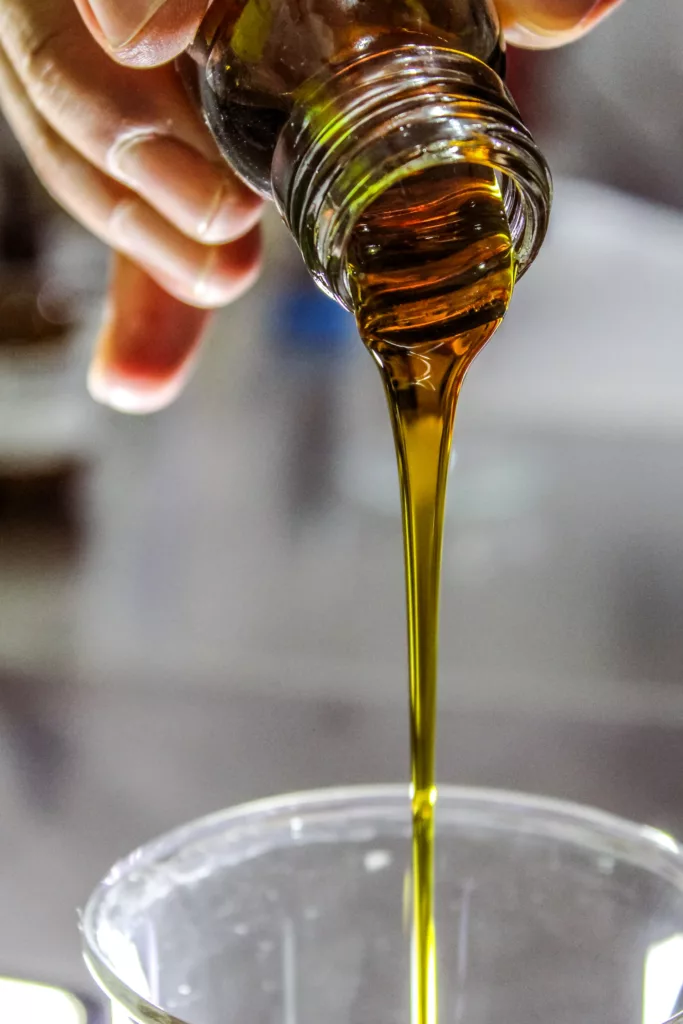
Spain leads the world in olive oil production, surpassing Greece and Italy. With an impressive 44% market share, it is the most significant global producer of this essential cooking ingredient. Olive oil is, of course, a cornerstone of the Mediterranean diet, and it is used extensively in Spanish dishes.
3. Cold Soups in Spain
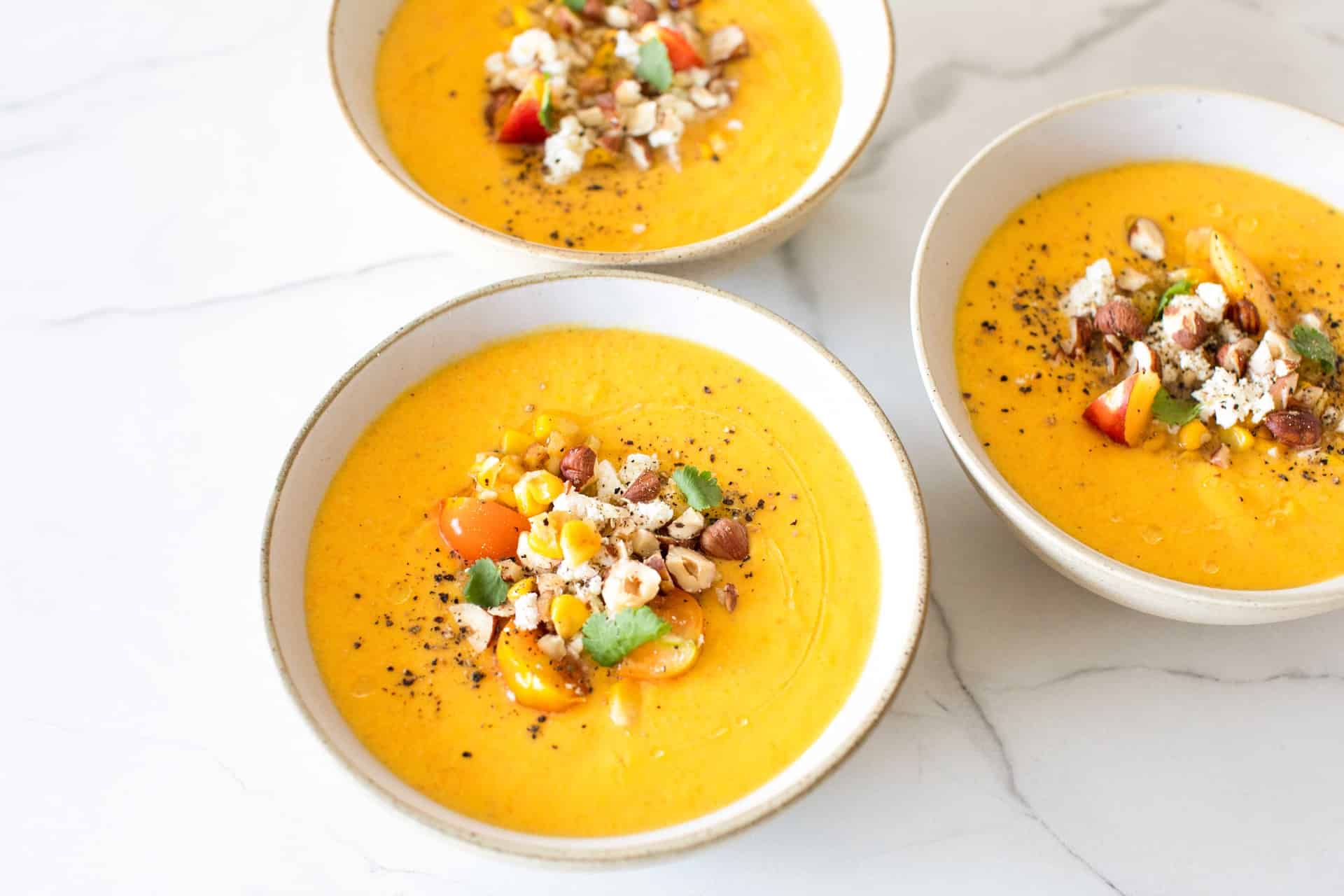
The Spanish love cold soups, such as ajo blanco and gazpacho, and it’s a refreshing alternative, especially during the hot summer months. These chilled soups, along with salmorejo, offer a healthy and cooling way to enjoy a flavorful meal. Many Spanish people also enjoy them as a cold drink, on a hot summer day at the beach.
4. Eggs in Spanish Cuisine


Eggs play a significant role in Spanish cuisine and are featured prominently in various dishes, from the well-known tortilla de patatas to huevos rotos. Although they are not typically eaten for breakfast, eggs remain a versatile ingredient used in multiple tapas, for both lunch and dinner, adding protein boost to many meals.
5. Tapas Origins and Experience
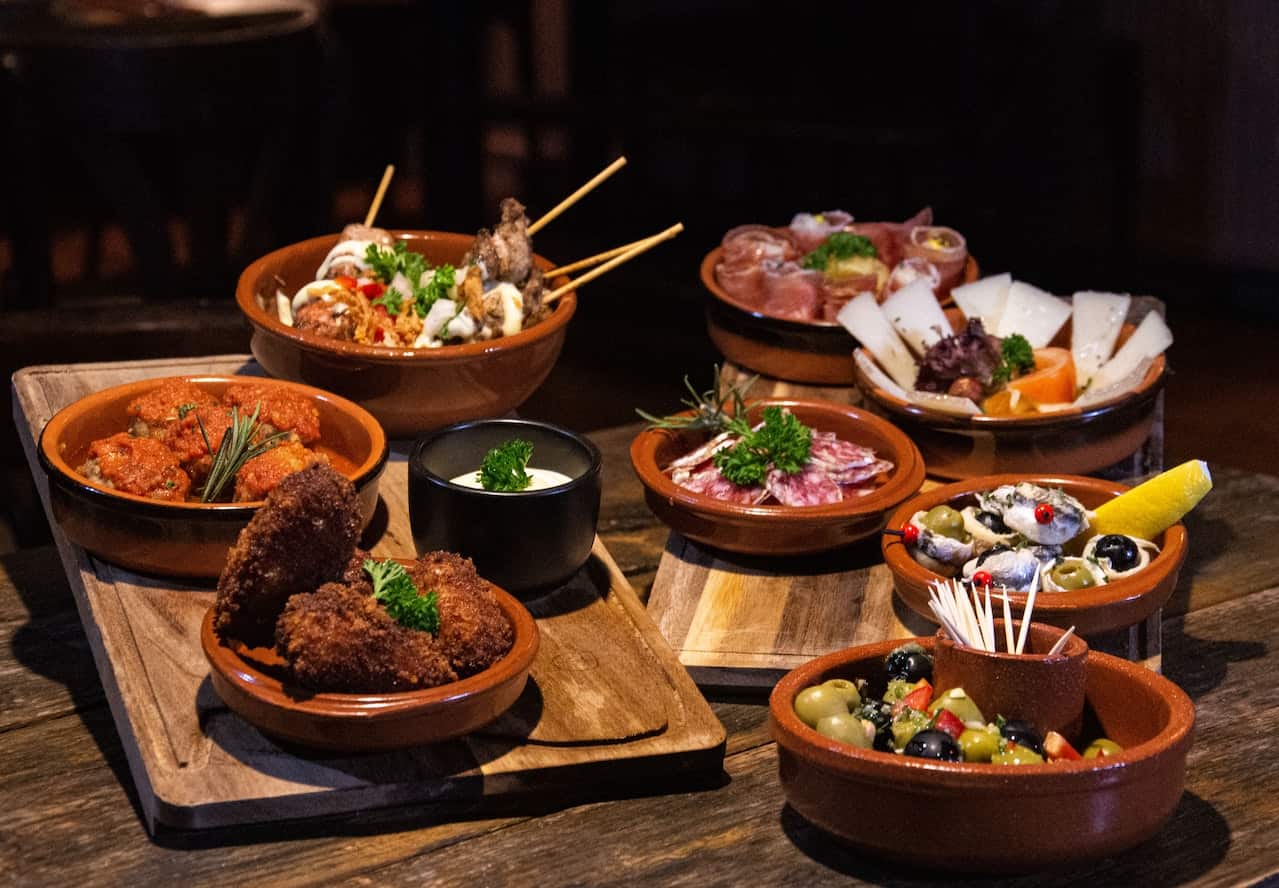
The term “tapas” originates from the Spanish word “tapa,” meaning “cover.” Historically, the Spanish covered their glasses from flies with a slice of ham or cheese, eventually becoming the delightful small plates enjoyed today. Tapas have become a fundamental part of the Spanish food culture, providing a great opportunity to socialize with family and friends in Spain.
6. Late Dinner in Spain

The Spanish are known for having their dinner quite late in the evening, usually around 9 pm or later during the summer months. This is because most meals, especially dinner, are considered social occasions, and they typically extend well past midnight.
7. Spain’s Vineyard Dominance and Renowned Wines

Spain leads the world in vineyard acreage, with approximately 15.5% of global vineyards within its borders. This extensive area has given rise to numerous world-renowned wines, such as the Rioja, Priorat, Ribera del Duero, and Albariño. These incredible wines exemplify Spain’s reputation as a major wine-producing country.
8. The Origins of Sherry Wine
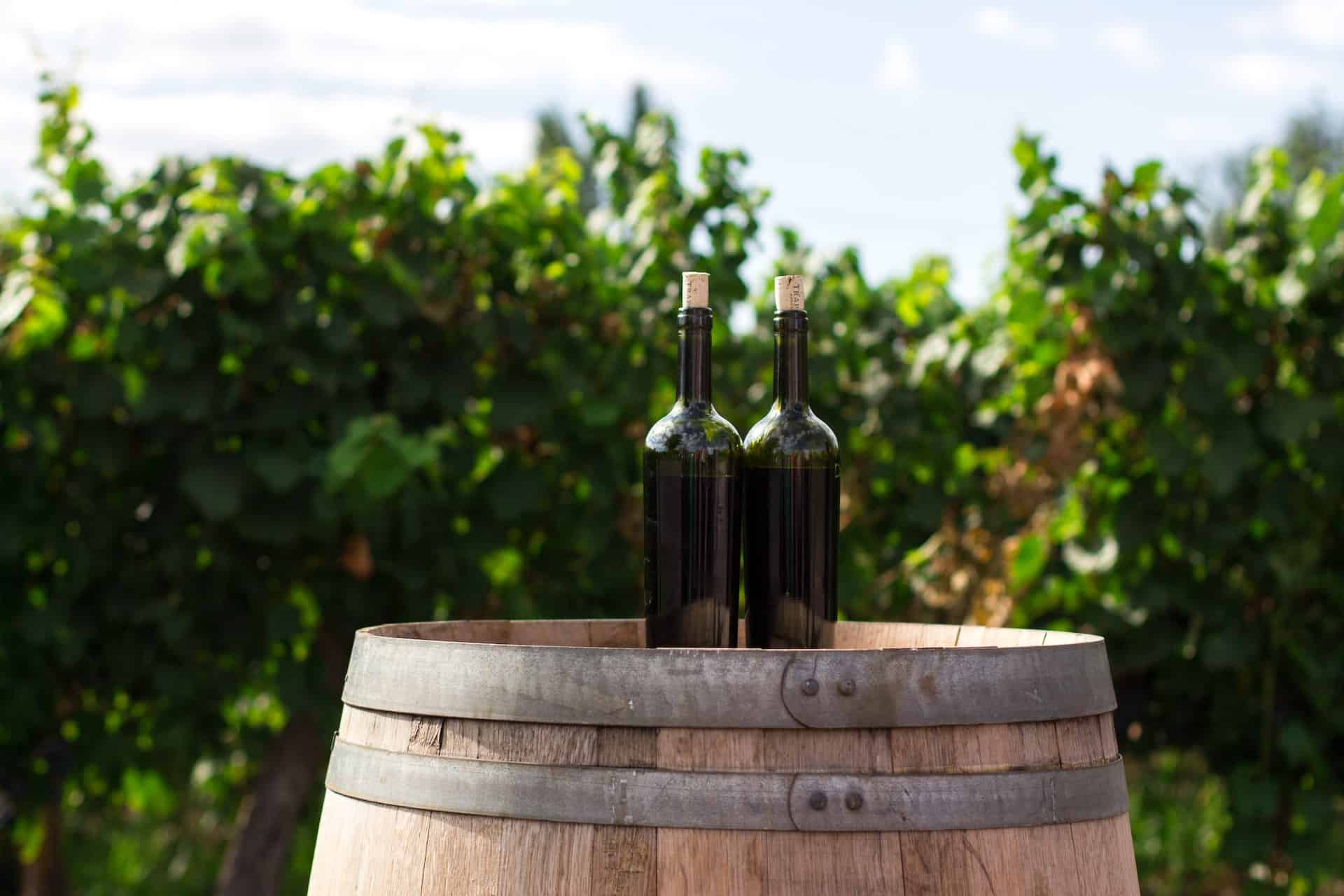
Sherry is a well-known fortified wine produced in Spain and originates from the southern city of Jerez in Andalusia. The city’s name is a derivative of its Persian name, Sheriz. With a distinctive taste, sherry has gained popularity worldwide because it pairs perfectly with many dishes.
9. The Unique Spanish Tortilla Omelette
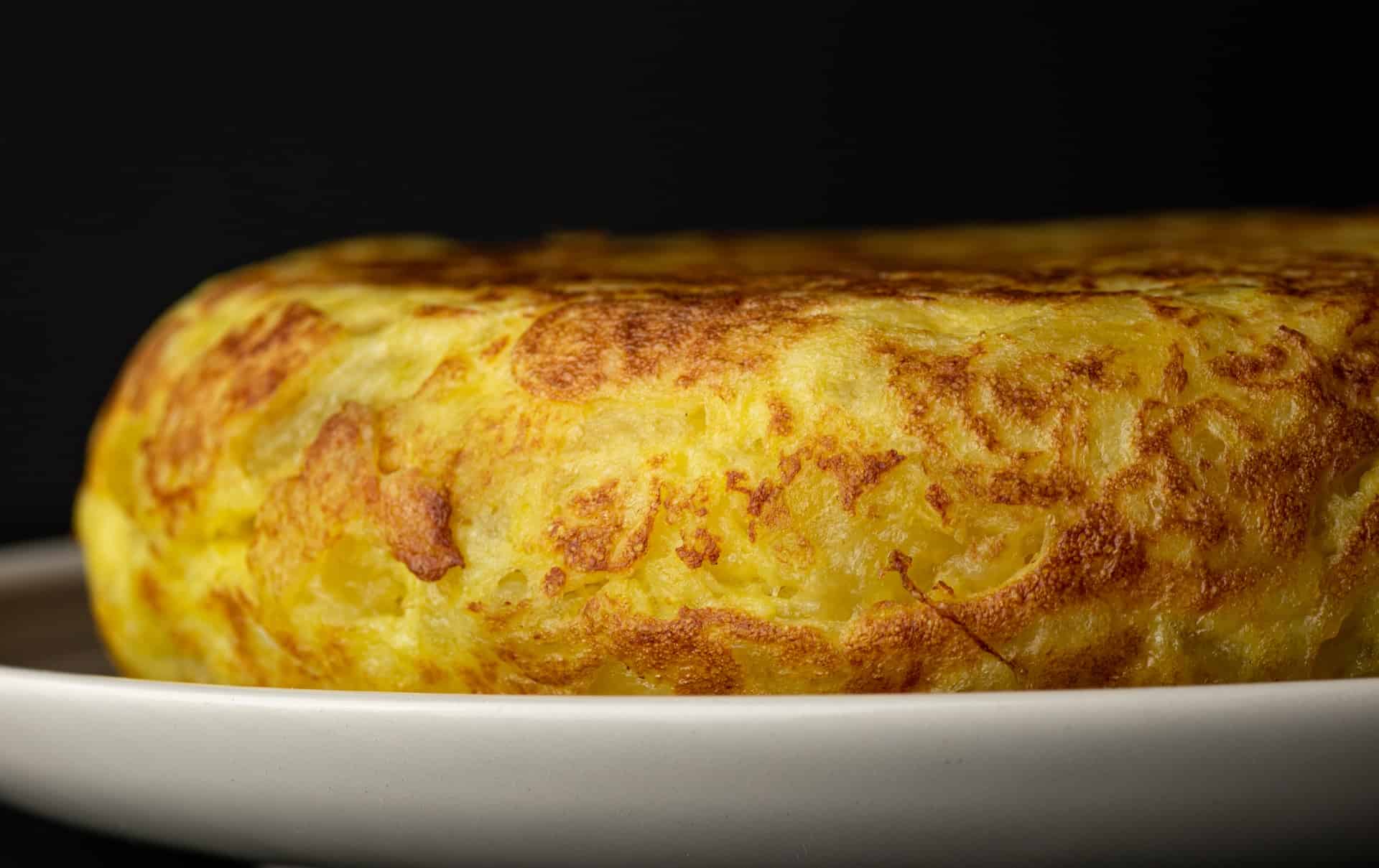
Tortillas take on a very different form in Spain than the thin flatbread commonly associated with Mexican cuisine. Spanish tortillas are these thick and robust omelettes typically filled with ingredients such as potatoes, onions, and peppers, providing a delicious and hearty meal.
10. Spain’s Influence on European Culinary Imports

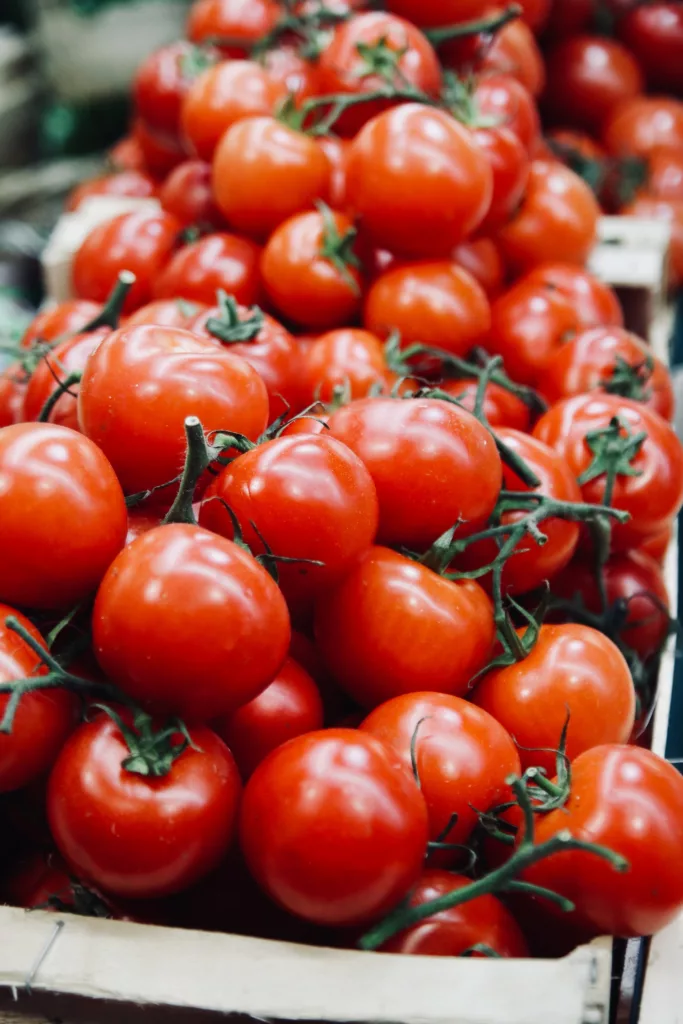

Essential ingredients in European cuisine, such as tomatoes, tobacco, and cocoa, have become integral to the daily lives of much of the population. Mediterraneans, for example, might find it difficult to go a week without tomatoes in their meals. Smokers use tobacco for cigarettes, while chocolate lovers crave cocoa in their favorite treats. Spain’s history of exploration and conquest in South America has played a significant role in introducing these ingredients to many parts of Europe, leaving a lasting impact on the culinary traditions and enriching the way Europeans enjoy their food today.
11. Unraveling Paella’s Valencian Roots
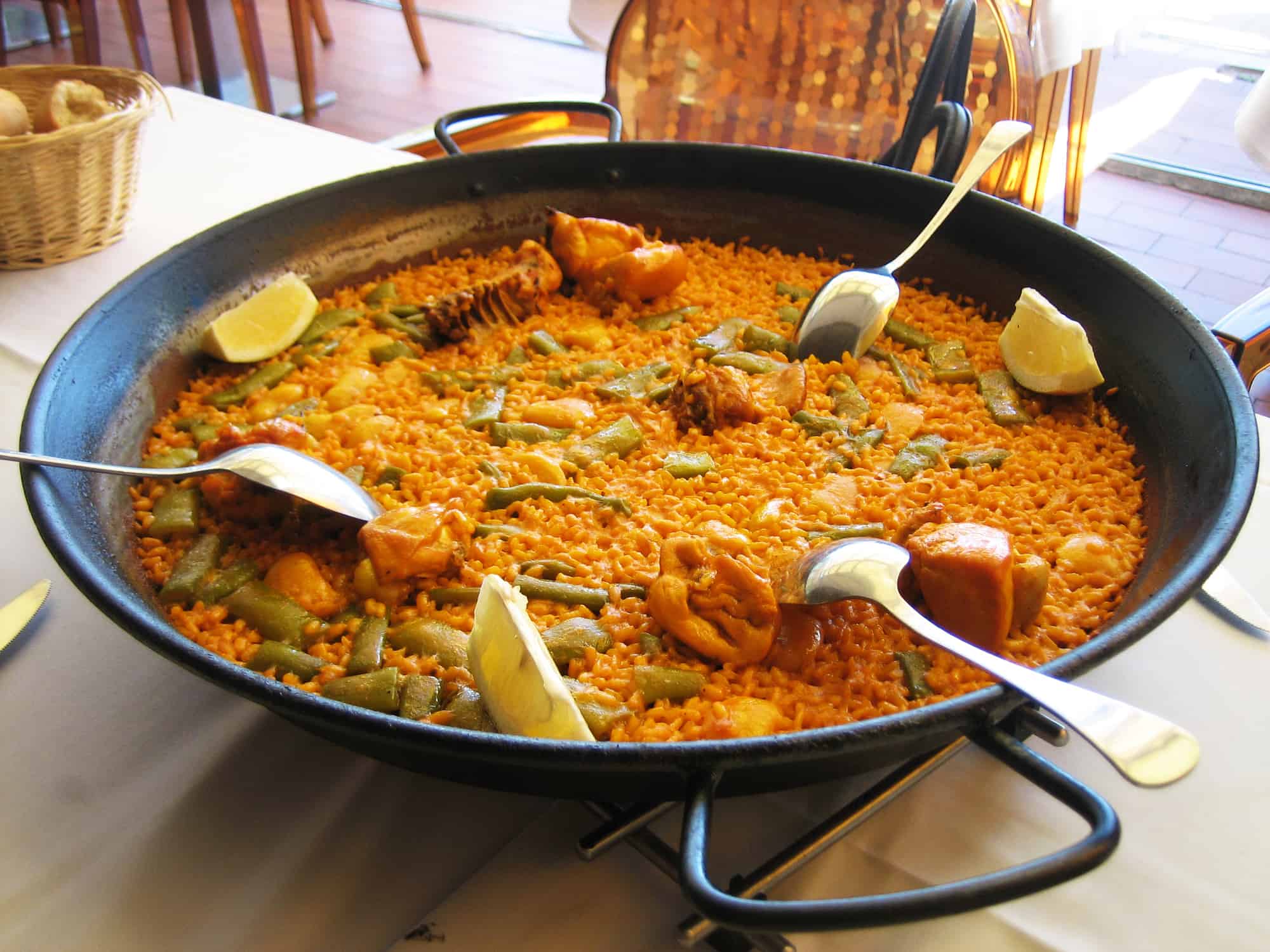
While Paella is often associated with Spain as a whole, it is a dish that originated in Valencia. The term “paella” refers to a wide shallow frying pan used to prepare this famous dish, derived from Valencia’s regional language. Despite its regional origin, Paella is truly an iconic representation of Spanish cuisine, and throughout the country, it is enjoyed in many delicious variations.
If you’re curious about the city’s many attractions beyond its culinary delights, check out our insights on Valencia’s travel appeal.
12. Exploring the Spanish Wine Landscape
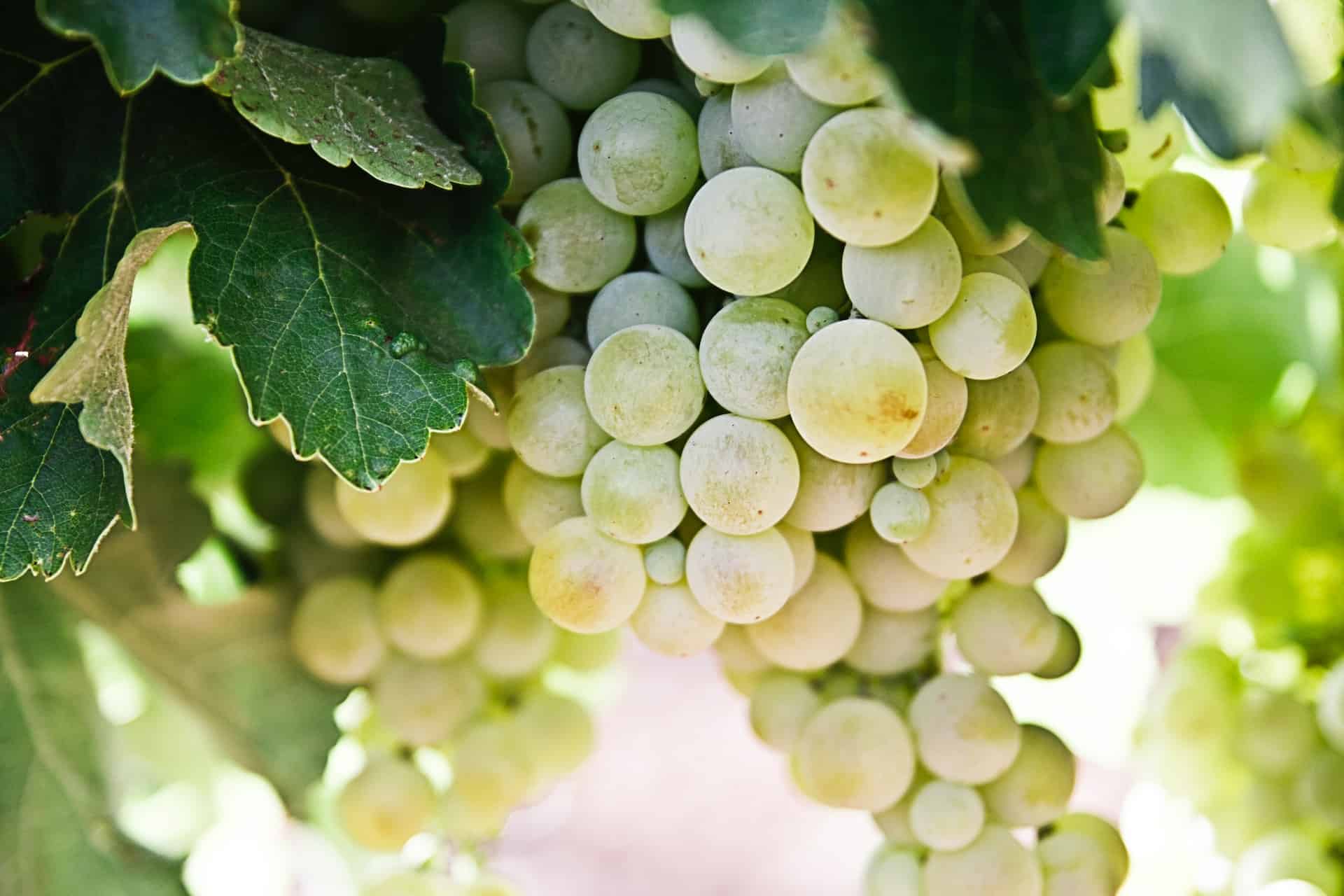
Spain, the third-largest global wine producer, boasts a vast range of red and white wines that captivate enthusiasts. Spain is usually known for its red wines, but the majority of vineyards predominantly grow white grapes for a refreshing white wine, perfect in the summer months.
13. The Origins of Fried Fish in Spain
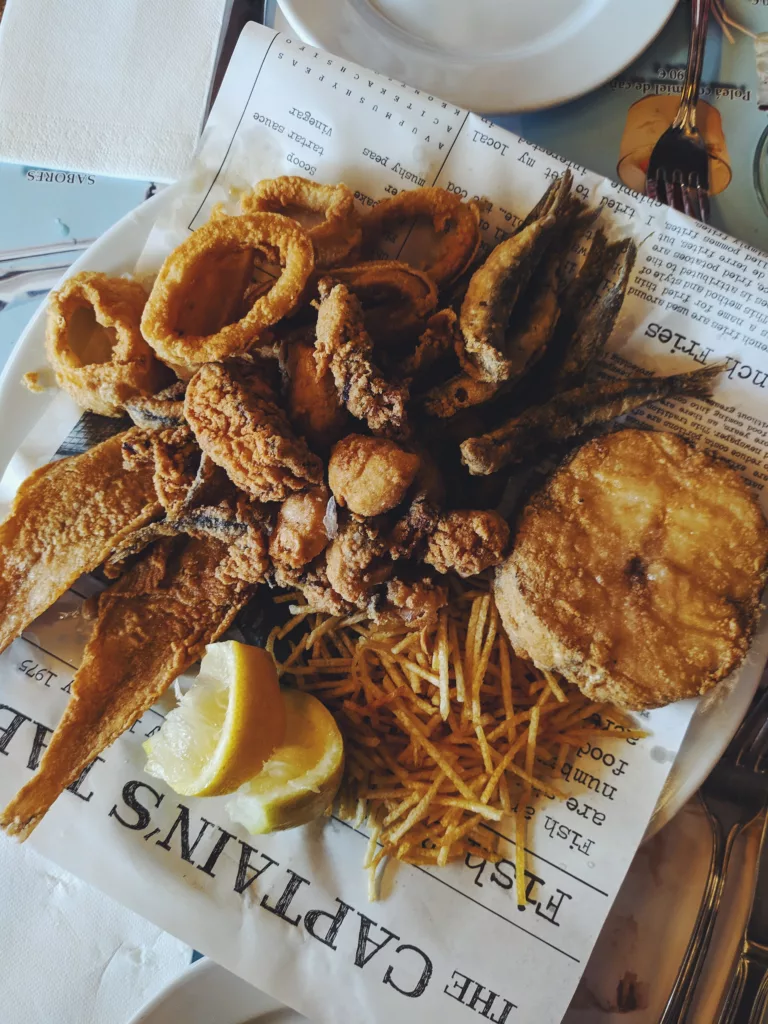

It is believed that the people of Cádiz, Spain, invented fried fish, which has become a trendy dish throughout the country. In Andalusia, a technique known as “pescaíto frito” is used, where fresh fish is coated in flour and fried in olive oil. You can normally find this amazing recipe enjoyed in the coastal regions.
14. Savoring Churros in Spain
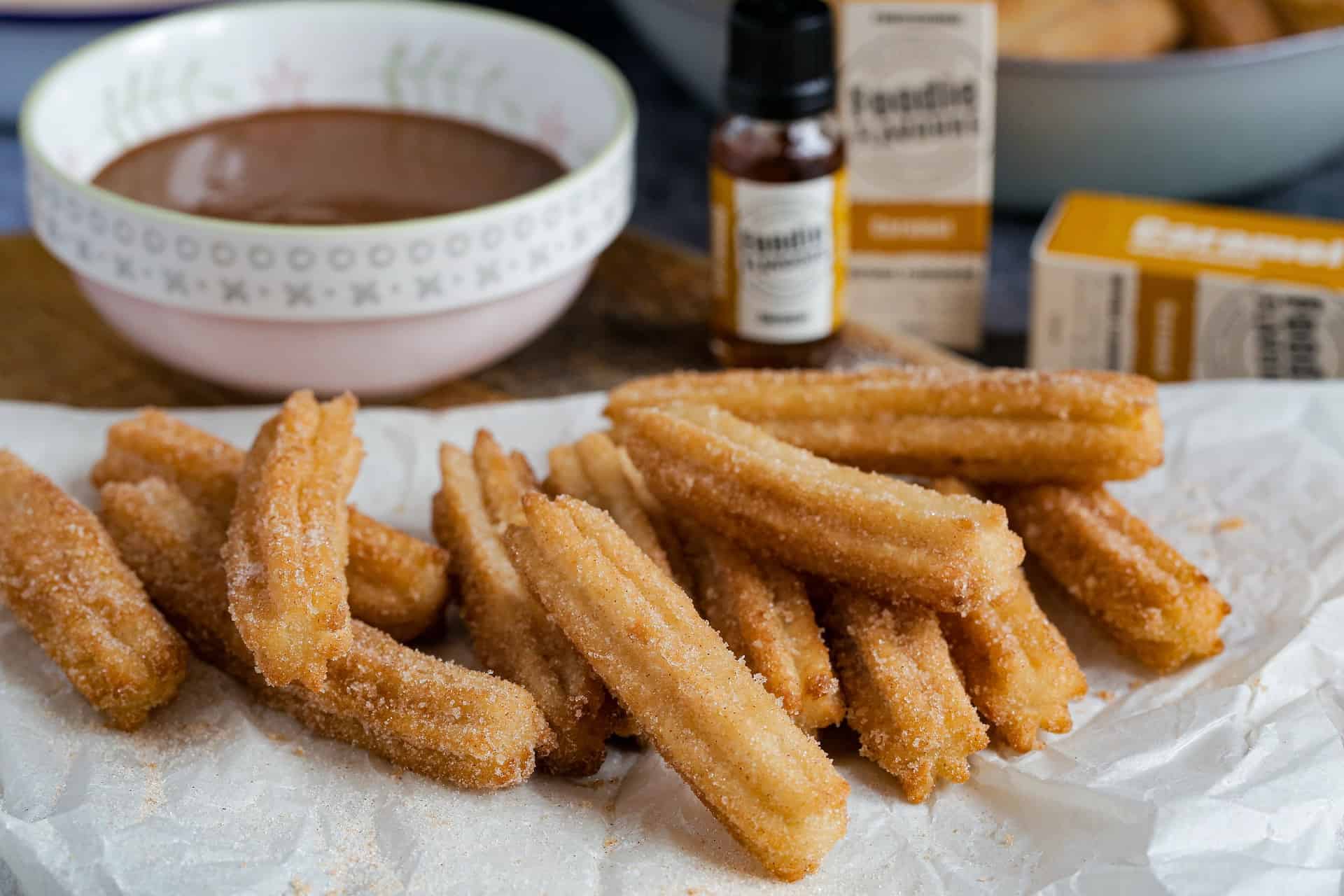
For breakfast in Spain, especially on chilly winter mornings, churros con (with) chocolate is a household favorite. This traditional Spanish delight consists of homemade fried pastries dipped in rich, thick hot chocolate. It is a special treat enjoyed for breakfast and as a delectable afternoon snack.
15. UNESCO and the Mediterranean Diet
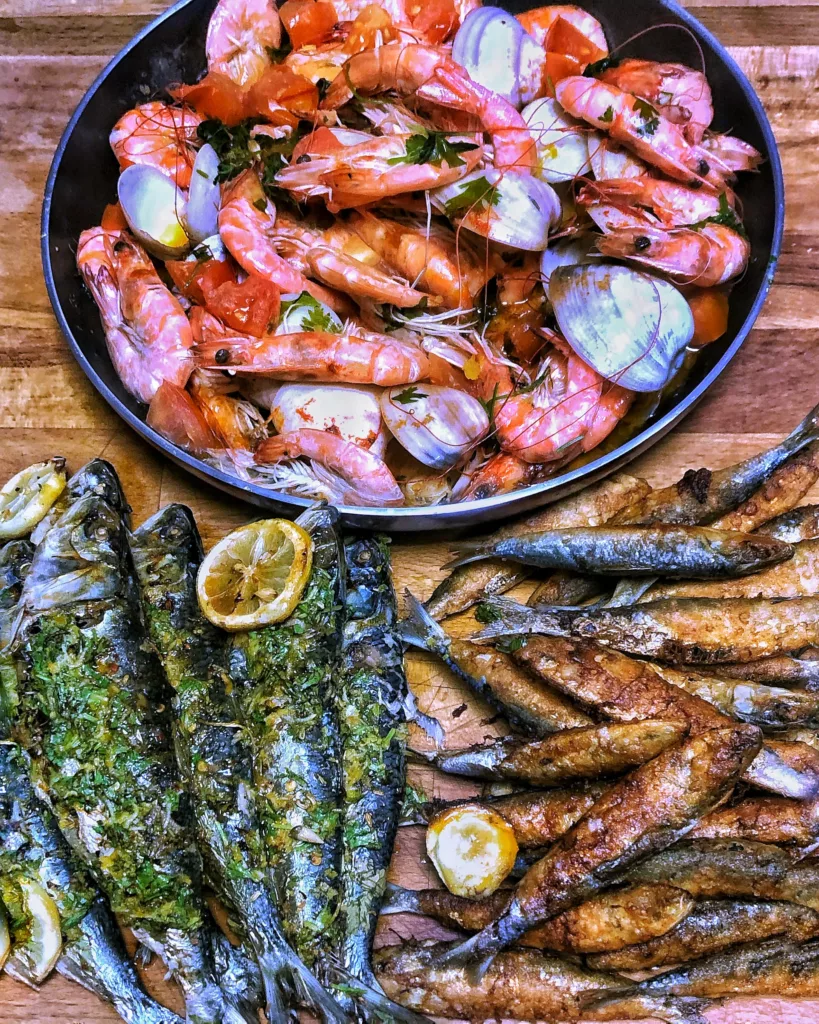
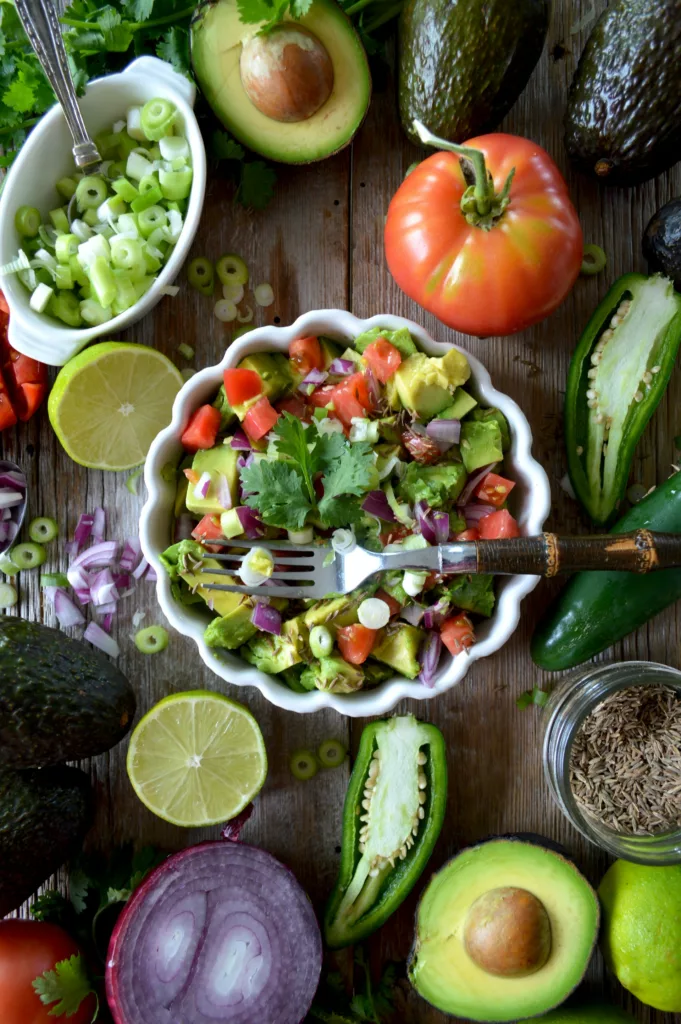
In 2013, UNESCO acknowledged that the Mediterranean diet is a shared culinary heritage among Spain, Cyprus, Croatia, Greece, Italy, Morocco, and Portugal, and declared it an Intangible Cultural Heritage of Humanity. This recognition considers the food production process and encompasses the traditions and social aspects surrounding it. Spanish cuisine is an integral part of the Mediterranean diet, and it features an abundance of fresh fruits, vegetables, fish, and olive oil, contributing to its numerous health benefits.
16. A Culture of Bars and Socializing
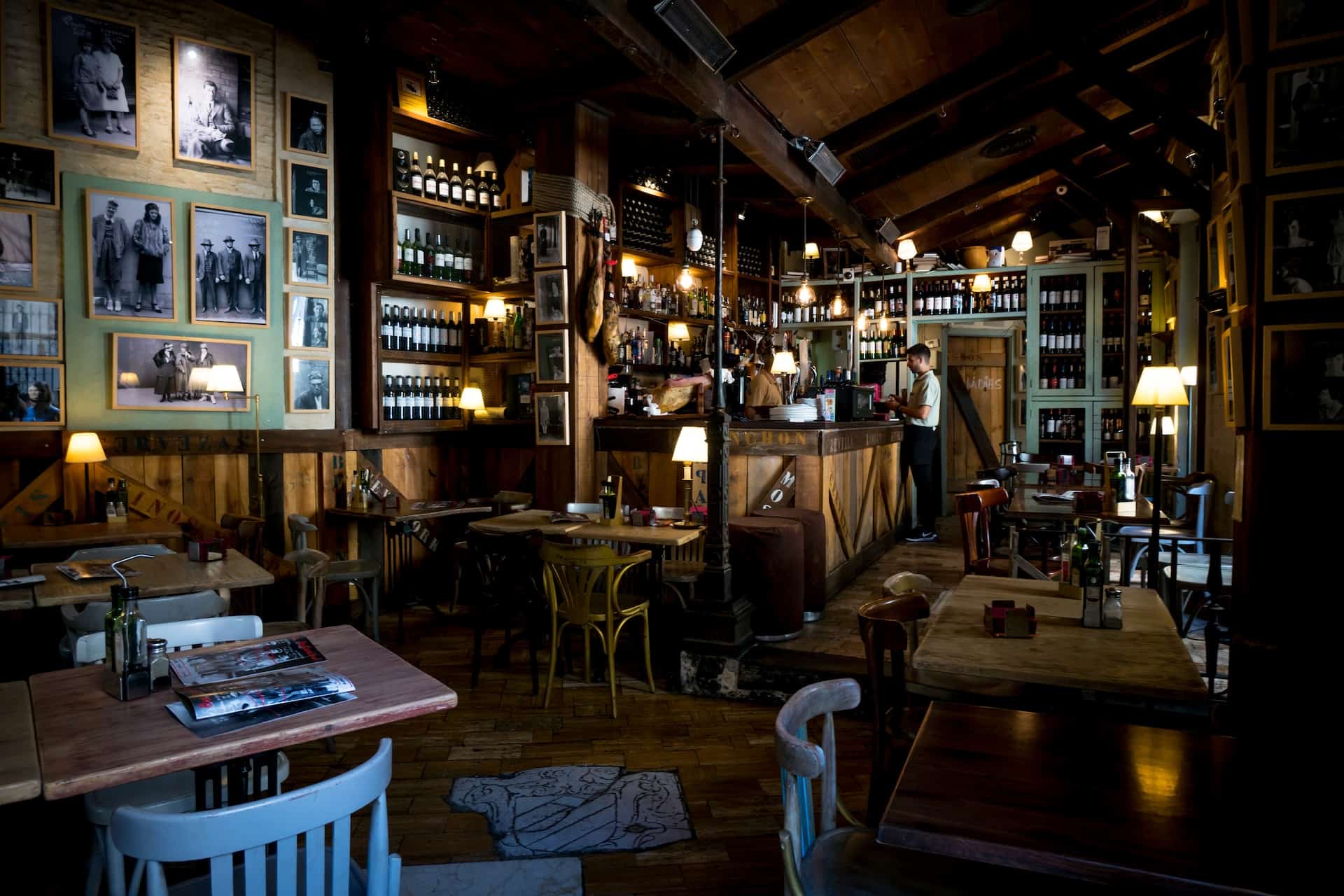


Spain ranks second in the world for bars per inhabitant, surpassed only by Cyprus. This abundance of bars creates many ideal spots in the country for socializing and enjoying time with family and friends. Bars hold acultural importance in Spain, as they play a central role in social life, particularly in the local tradition of tapas. With such a high concentration of bars, it’s no wonder that Spain has become synonymous with lively gatherings and shared culinary experiences.
17. The Allure of Spanish Ham
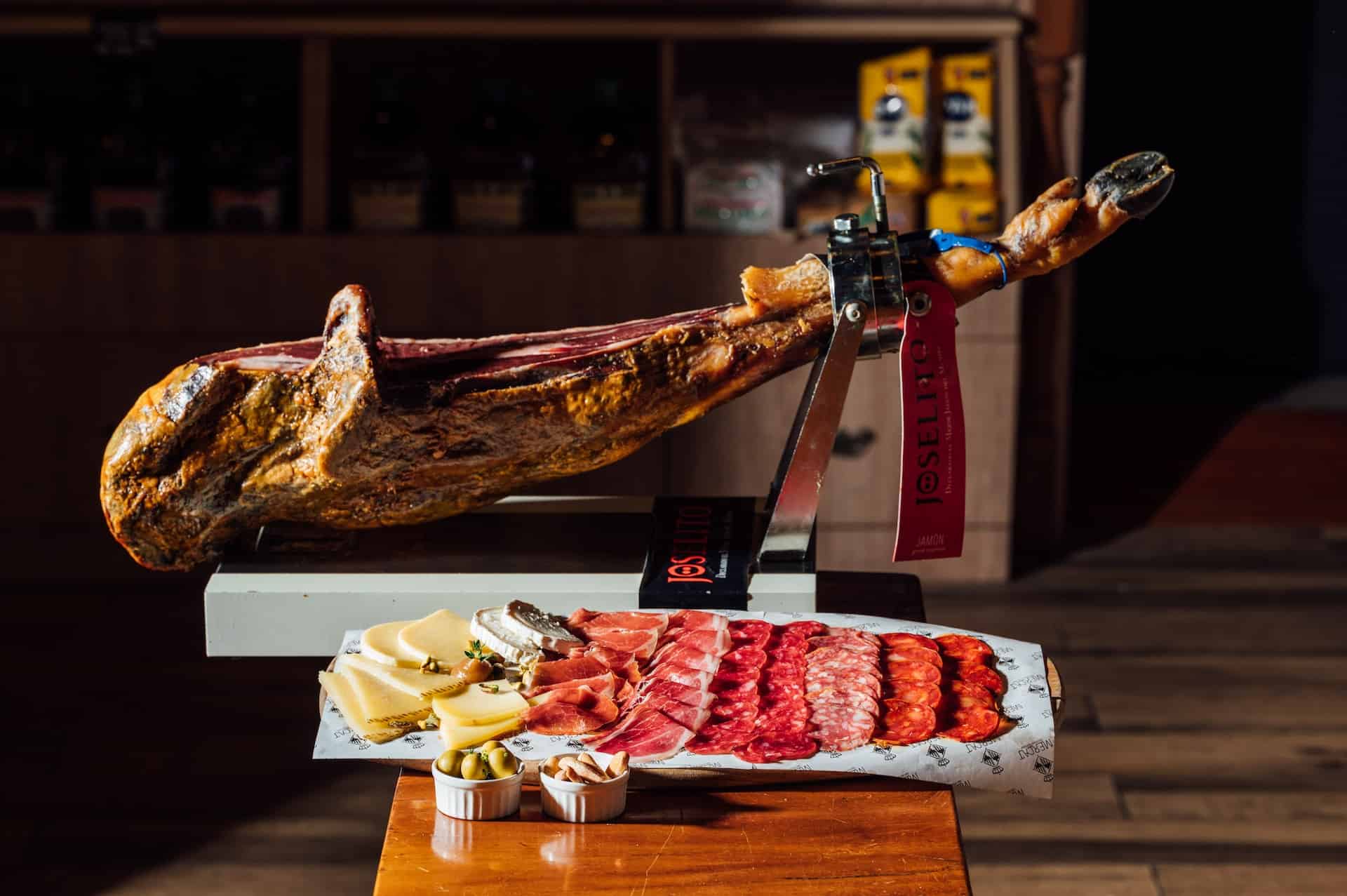
One of Spain’s most renowned and sought-after foods is ham or jamón. Jamón Serrano is a dry-cured ham type that stands out as a prime example of exquisite food in Spanish cuisine. The prized Jamón Ibérico, known for its rich and savory flavor, is often served thinly sliced, enjoyed on its own, or incorporated into various dishes or sandwiches. Interestingly, Spanish ham is among the most expensive foods sold globally, with a record-breaking ham entering the Guinness World Record as the most costly ham ever sold.
Guided Food Tours in Spain
During my culinary journey in Spain, I discovered that guided food tours are an excellent way to explore the country’s diverse gastronomy. These tours provide unique opportunities to indulge in the regional cuisine while learning about the local customs and culinary techniques. One city where food tours are top-rated in San Sebastian. To learn more about when to visit this food lover’s paradise, read our article on the best time to visit San Sebastian.
If you happen to be in Madrid, you might want to try a cooking class in Madrid to learn how to prepare Spanish foods.
I’ve found that some of the best food tours showcase the unique blend of exclusive Michelin-star restaurants and traditional tapas bars, catering to both gourmet lovers and casual diners alike. For instance, while I was touring the Basque Country, I savored the artistic pintxos, and while on a trip to La Rioja, I wandered through sunny, picturesque vineyards.
One standout experience during my travels was an exciting tour through Barcelona’s top bars and secret hangouts. For around €95 EUR, I enjoyed a private walking and tasting tour that lasted a couple of hours and was led by a resident. This adventure around the city taught me where the locals go to find their tapas.
Here’s a list of some excellent guided food tours in Spain:
- Barcelona walking tasting tour with Secret Food Tours (recommended)
- Madrid Tapas and Wine Tasting Tour
- Valencia Old Town Tour with Wine & Tapas in 11th Century Historic Monument
- Seville Tapas, Taverns & History Tour
- Malaga Evening Wine and Tapas Tour
These guided food tours are enjoyable and prioritize safety and crowd management. They are excellent options for solo travelers and groups, wishing to take an unforgettable journey through Spain’s rich gastronomy.
Tickets: TOP 10 Guided Food Tours
FAQ: Spanish Food Facts
As a travel blogger who lived in Spain, I’m excited to share some frequently asked questions and tasty insights into this vibrant culinary culture. Get ready to have your mouth watering as you learn about the inspiring dishes in this great country. Let’s dig in!
🥘 Typical Spanish Food?
Spanish cuisine is renowned for its flavorful and diverse offerings. Tapas
(small shared plates), paella (a rice dish traditionally prepared with seafood or meat), and churros (fried dough sticks often accompanied by chocolate), are some of the most popular dishes.
🇪🇸 How do you say the word ‘food’ in Spanish?
In Spanish, the word for ‘food’ is “la comida.” After living in Spain for 5 years, I’ve learned that meals are more than just for eating. But also about spending quality time with family and friends. The Spanish people enjoy simple, tasty meals made from the freshest ingredients.
🧀 What are Spain’s most beloved food products?
Spain’s much-loved food products include Jamón ibérico (cured ham), Manchego cheese (a delicately aged sheep’s cheese), and Spanish olives, served as tapas or used in various dishes. These culinary delights are intrinsic to the country’s food culture.
Search the site
Popular Destinations
Just letting you know
When you buy something through our links, we’ll earn a small commission—don’t worry, it won’t cost you any extra! It’s a win-win, right?
Exclusive Heymondo Travel Insurance Offer
Planning a trip? Make sure you’re covered! We’ve teamed up with Heymondo to give our readers a special deal: 5% off travel insurance. Grab this deal and know you’re looked after on your next trip.






